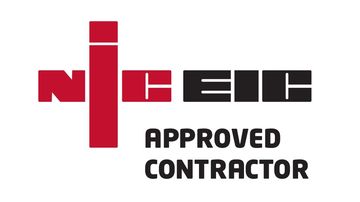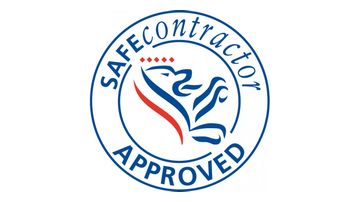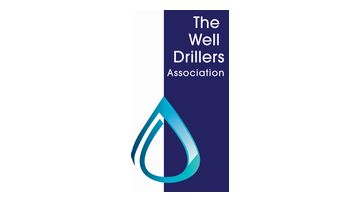Initially one of our engineers will visit you onsite to discuss your requirements with you. We will want to know where the water needs to get to and what sort of water quality you ultimately need. We will look for any potential obstacles to your plans and find solutions where possible.
We work out where the chalk layer and aquifer are and calculate the depth of the drill required. We cost the project accordingly and provide you with a detailed break-down of the overall cost, according to the following stages:
1. Drilling and lining the Borehole
Using our own percussion drill we excavate the bore until we reach the aquifer. The hole is lined with a steel tube.
2. Test Pump
We bring a generator to the site and carry out a test pump. The borewater is pumped continuously for 3 to 4 hours to ensure there is an adequate source. We record resting water level and pumped water level to ensure there is a sufficient source. The test pump also helps to rid the water of any deposits caused through the drill process.
We take a sample of the well-water to analyse for nitrates, iron and manganese. For bacterial testing the sample is sent to a laboratory. After the results are found you can decide whether a water treatment system is necessary.
3. Installation of Pump Equipment
We install a submerged specialist bore-pump and pumping system linked to a control centre. We use quality brands we know we can trust such as Dab, Lowara and Grundfos.
4. Water Treatment Plants
We can install a media bed to filter out mineral deposits such as iron and manganese, with a programmable back-wash system. If you require, we fit a UV filter to eradicate chloriforms and ensure potable water quality.
5. Commissioning
We programme your system to meet your requirements and make sure all components are performing correctly. After we sign off the installation your local water authority takes responsibility for monitoring water quality.












